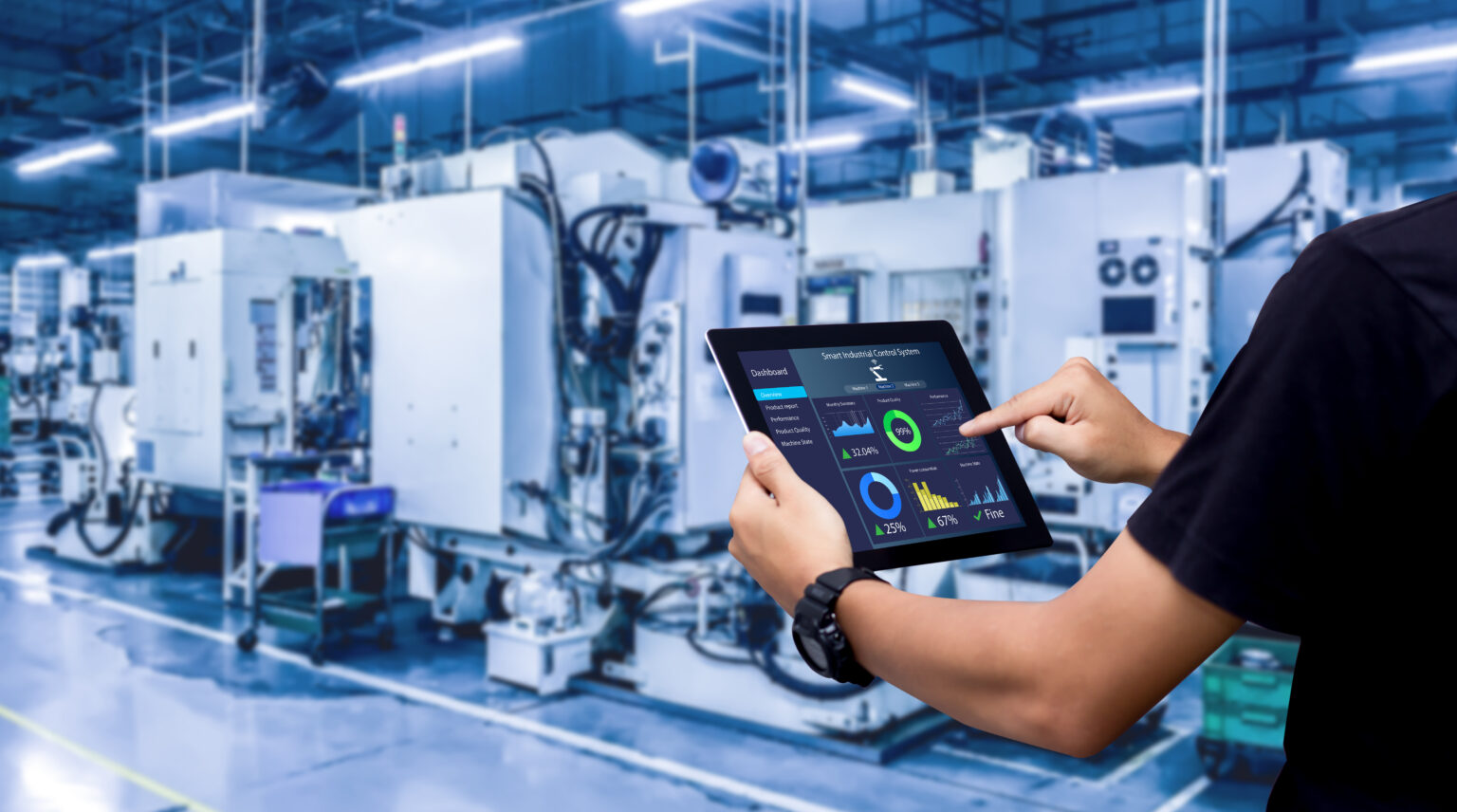Byline: Bill Lucas, Chief Product Officer
In the rapidly evolving world of life sciences manufacturing, embracing innovation is key to staying ahead. Innovating in a regulated environment is often seen as risky with companies hesitant to be first. To help companies through this transition, ISPE has introduced its Pharma 4.0 initiative that provides guidance in achieving flexible, and reliable manufacturing processes. As we work with our customers and partners, we see this journey breaking down into three phases that can be used to guide implementation and deliver continuous value throughout the process.
Phase 1: Connect
The first crucial step in the journey to a smart factory is connecting your manufacturing assets. This involves integrating various machines, devices, and systems to create a seamless flow of data. By establishing robust connectivity, you can collect valuable operational telemetry data, which serves as the foundation for all subsequent steps.
Key Actions:
- Asset Integration: Ensure all manufacturing equipment and systems are equipped with IoT sensors and are capable of transmitting data.
- Data Infrastructure: Develop a robust IT infrastructure that can handle large volumes of data securely and efficiently.
- Standardization: Adopt industry standards for data formats and communication protocols to ensure compatibility across different systems.
Benefits:
- Real-Time Data Collection: With connected assets, data is collected in real-time, providing a comprehensive view of the manufacturing process.
- Foundation for Analytics: This data forms the bedrock for analytics and insights, enabling informed decision-making.
Phase 2: Monitor
Once your manufacturing assets are connected and data is flowing, the next step is to monitor the real-time environment. Access to real-time data allows for better oversight of operations, enabling quick detection and correction of issues.
Key Actions:
- Real-Time Dashboards: Implement real-time dashboards to visualize data and track key performance indicators (KPIs).
- Automated Alerts: Set up automated alerts for critical parameters to ensure prompt responses to any deviations from the norm.
- Continuous Monitoring: Establish continuous monitoring protocols to maintain a constant watch over the manufacturing process.
Benefits: - Enhanced Visibility: Real-time monitoring provides a clear, up-to-the-minute picture of the manufacturing process, highlighting areas that need attention.
- Quick Response: Faster detection of issues leads to quicker corrective actions, minimizing downtime and maintaining product quality.
Phase 3: Predict
With continuous data collection and real-time monitoring in place, the final step is to leverage predictive analytics. By analyzing historical data and identifying trends, predictive analytics can provide advanced warnings about potential issues, allowing for proactive interventions.
Key Actions:
- Trend Analysis: Use historical data to identify patterns and trends that can indicate future issues.
- Predictive Models: Develop predictive models to forecast potential failures or performance bottlenecks.
- Proactive Maintenance: Implement proactive maintenance schedules based on predictive insights to prevent downtime.
Benefits:
- Advanced Notice: Predictive analytics offers advanced notice of potential issues, enabling preemptive actions.
- Reduced Downtime: Proactive maintenance and timely interventions minimize unexpected downtime, ensuring a smoother manufacturing process.
- Optimized Operations: Predictive insights help optimize operations, improving efficiency and productivity.
The journey to a smart factory in life sciences manufacturing is a transformative process that involves connecting assets, monitoring real-time data, and predicting future trends. By following these steps, manufacturers can align their people, processes and technology achieving greater efficiency, reliability, and innovation in their operations. Embracing this journey not only enhances manufacturing processes but also positions companies at the forefront of the industry, ready to meet the challenges of the future.

